The first known Sabbath-keeper in Louisiana was Mary A. Nugent in New Orleans who was keeping the Sabbath at least by January 1866 (Review, 1866). She was subscribing to the Review and Herald and The Youth’s Instructor as early as February 1865. In 1866, a letter Mary wrote to a friend was published in the Review thanking her for the “Prophecy of Daniel” and other books, and wishing she could be with others of “like faith” (Review, 1866). New Orleans is also the site of the organization of the first church in the state (SDA Encyclopedia, 1976).
Photo: Mary A. Nugent ca. 1870 (Ancestry, 2019).
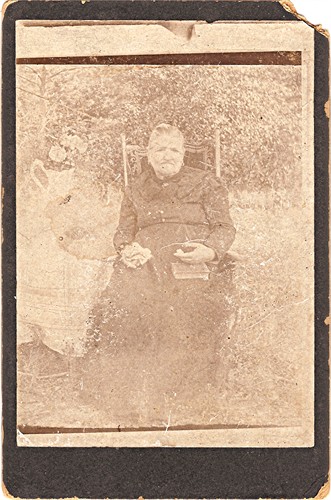
First Seventh-day Adventist Church in Louisiana Organized in 1885
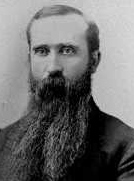
In contrast to the rural beginnings of the Seventh-day Adventist church in Arkansas, the early efforts in Louisiana centered mainly in the city of New Orleans. Upon learning of the World’s Industrial and Cotton Centennial Exposition that was to be held in New Orleans in 1884 to 1885, and seeing the opportunity to contact many people with the gospel, the General Conference sent Texas Conference president, Elder Robert M. Kilgore, to open a city Mission in New Orleans (Haskell, 1884). The Mission served as an International Tract Society, and included a free reading-room and a book depository which served as a distribution center for books and publications. It was located at Pitt Street between Valmont and Leontine Streets, but the following year moved to Magazine Street (Yearbook, 1887, 1888). Unlike most city missions, the New Orleans Mission had no sponsoring conference (Beeler, 1996). A few Adventist laymen came from other states and busily visited ships, depots, and hotels, distributing literature, and giving Bible studies (Owen, 1885a). When the Exposition opened, people came from all over the world to this busy port city, and an exhibit booth for Seventh-day Adventist publications was rented with hopes of spreading the gospel. After the Exposition, some who had started keeping the Sabbath left, but a few converts remained, were baptized in Lake Pontchartrain, and were organized into a church by Elder G. K. Owen. By August 1885, about fifteen people had begun to observe the Sabbath and hold regular Sabbath services in New Orleans (Owen, 1885b).
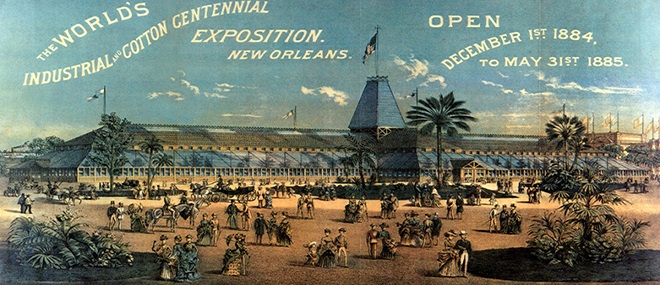
Challenges of the Work
Meanwhile, an interest was growing in Marthaville, a small city in the west central part of Louisiana (Beeler, 1996). Word of this reached Elder Thomas H. Gibbs, who had come from Kansas and at this time was leading the Mission in New Orleans. He immediately went to Marthaville and preached for about six weeks (Review, 1886). Sixteen adults took a firm stand for the Sabbath. Elder Gibbs did report some challenges, however. He said, “Pork is the principle article of diet, and tobacco—oh how the people are bound by this monster—men, women, young ladies not excepted, and small children!” (Gibbs, 1886). Another challenge in developing the work was the instability of the membership. After joining a small church, people might lose employment or suffer a crop failure and move elsewhere. Almost everywhere, the new Adventist churches with inexperienced members and infrequent pastoral visits, faced fierce anti-Adventist propaganda, which resulted in a loss of members (Beeler, 1996).
Church Growth
The principal factors contributing to church growth were annual camp meetings, canvassing, and tent crusades and the few workers in Louisiana were constantly involved in one of these methods of spreading the message. By 1887, there were two churches, New Orleans and Marthaville, neither of them very strong. Although there were only two canvassers, I. Q. Reynolds and his wife, for the entire state, they reported 1,073 visits, 124 Bible Readings given, and 116 sermons preached over a one-year period ending June 1888 (Yearbook, 1889). By the end of 1889 there were three successful companies, which were located at Shreveport, Hope Villa, and New Orleans. These were the direct result of the canvassers (Eldridge, 1890). At the General Conference proceedings in 1889, six more canvassers were asked to go to Louisiana (Yearbook, 1889). Other early churches that were established in Louisiana by 1901 when the Louisiana Conference was organized, were those in Mansfield (The Daily Signal, 1901) and New Orleans No. 2, a black church. Sabbath schools and companies included Bastrop, Hammond, Lake Charles, Shreveport, and Welsh.
First Seventh-day Adventist Church Built in Louisiana in 1890
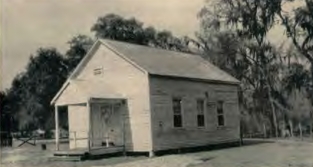
The first Seventh-day Adventist church built in Louisiana was at Hope Villa in 1890 on some land donated by the Broussard family (Evans, 1958; cf. Encyclopedia, 1996). This later became the Hobart church, and in 1958 the congregation became the Gonzales church.
First Seventh-day Adventist Black Church in Louisiana Organized in 1892
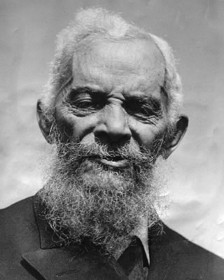
The first black church in the area of the Arkansas-Louisiana Conference was organized at New Orleans, Louisiana, on June 4, 1892. This was the result of the work of Charles M. Kinny, a pioneer black minister, who had found six black SDA’s in the city on his arrival the preceding October (Kinny, 1892). He later reported the newly founded church as the fourth black church in the denomination and the oldest church in the Southwest Region Conference, when it was organized in 1950 (SDA Encyclopedia, 1966a). For many years this was known as the New Orleans Church No. 2. In 1946, it was voted that the term “Colored” be used in church names instead of the No. 2 designation, so this became the New Orleans Colored Church (Minutes, 1946). Black churches in Louisiana were part of the Louisiana Conference, then the Louisiana-Mississippi Conference, and later the Arkansas-Louisiana Conference until 1947.
Louisiana Conference Organized in 1901
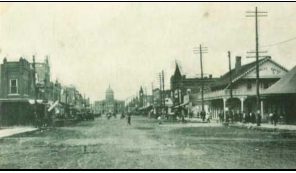
The first Louisiana SDA camp meeting was held in a grove outside the city limits of Alexandria in July 1898. A second camp meeting followed in 1899 at Welsh, Louisiana, and a third in 1900 at Marthaville. Louisiana was listed as a mission field of the General Conference until the fourth camp meeting, held in Crowley in 1901. Crowley was chosen because the Adventist message was new to the area, so meetings continued after camp meeting ended. Members came from Welsh, Marthaville, Mansfield, Shreveport, Hope Villa, Lake Charles, and New Orleans. It was at the conference session at Crowley that the Louisiana Conference was organized and became part of the Southern Union Conference. The conference headquarters were in New Orleans, with the official beginning date August 1, 1901 (Horton, 1901). At that time there were six churches and one company, 178 members, and two ordained ministers (Statistical Report, 1901). Camp meeting continued to be held every year except in 1902 when it was thought best to postpone camp meeting and the conference session until after harvest, and in 1905 when it was cancelled due to an outbreak of yellow fever (Review, 1905).
(Daily Signal, 1901)

Headquarters for the Work
The General Conference recognized that New Orleans, as the “commercial and cultural center of the South” and the “gateway to Central and South America” needed to have a stronger denominational presence than just a local conference office and a couple of small churches. In 1905, the General Conference, the Southern Union Conference, and the Louisiana Conference joined together to purchase a two-story twelve-room house at 810 Jackson Avenue in New Orleans. The building was to house offices for the General Conference Transportation Department for missionaries arriving and departing, and the Religious Liberty Department. Southern Publishing Association maintained a book depository there and a missionary training class used part of the building (Beeler, 1996). The local church met there from 1907 to 1912 and both a black school and a white school met in the building from 1916 to 1920 (Times-Democrat, 1907; Yearbook, 1917-1920).
Citations
See arklasdahistory.org for citations.

What about the history of Spanish speaking church in New Orleans?
LikeLike
Thank you for asking. For the history of the New Orleans Spanish church and the beginning of SDA work among Spanish speaking people in Louisiana go to https://arklasdahistory.org/new-orleans-spanish/. You can also go to Churches>New Orleans area, Louisiana and find more of the area Spanish churches like Kenner and Metairie.
LikeLike